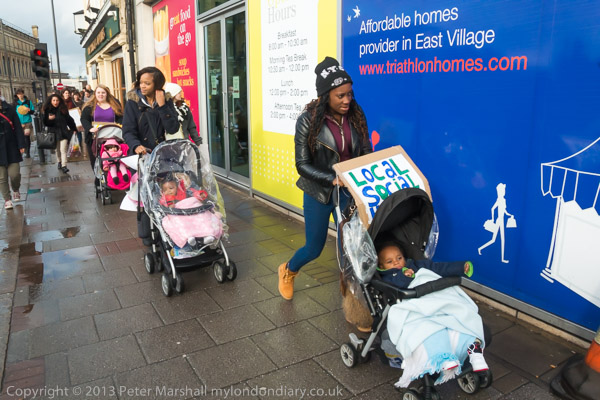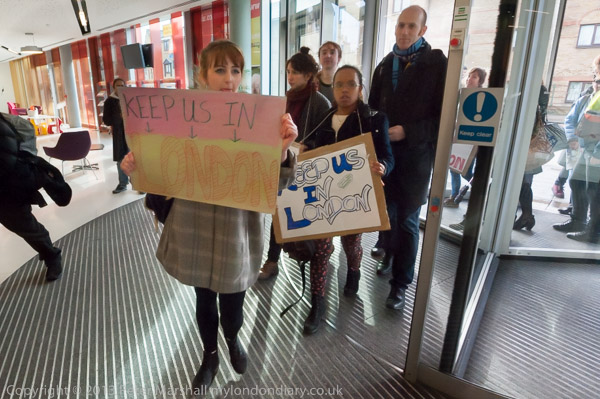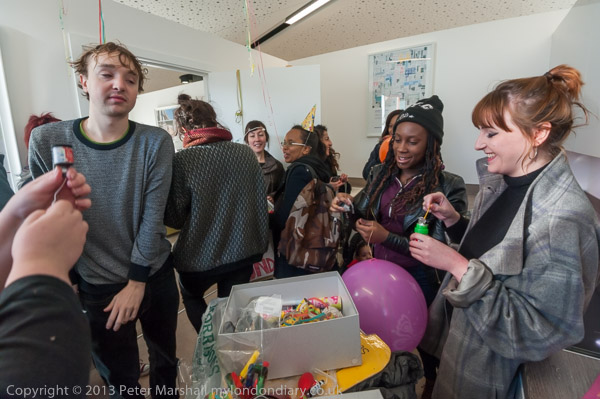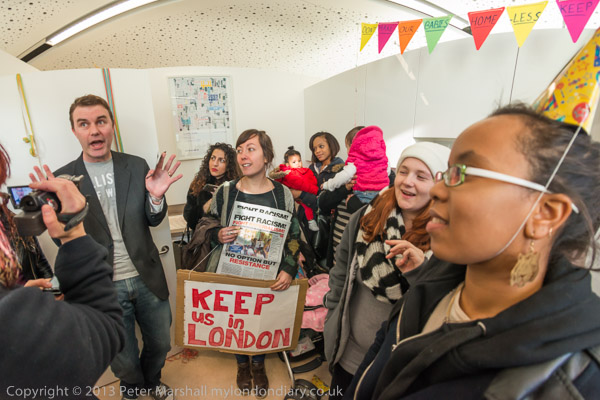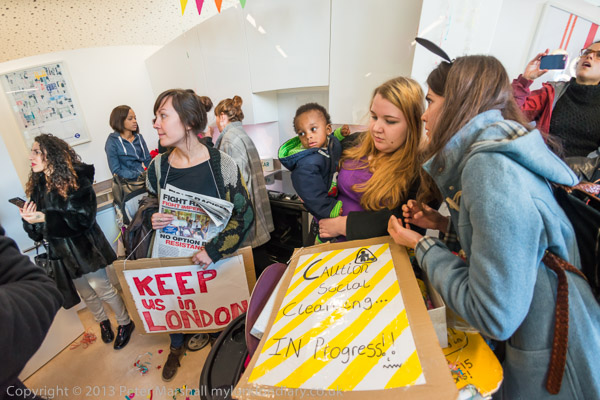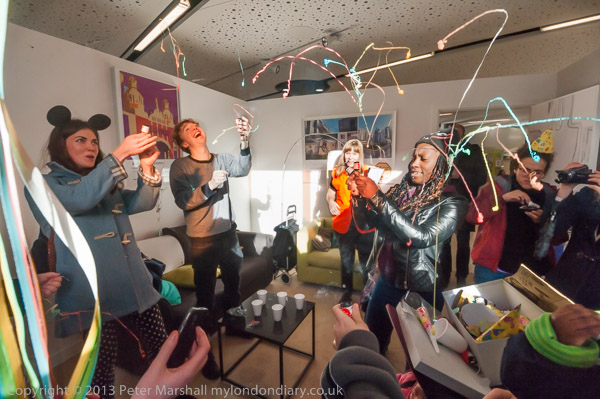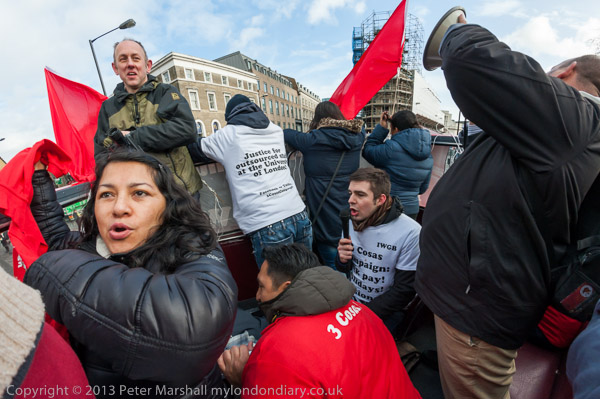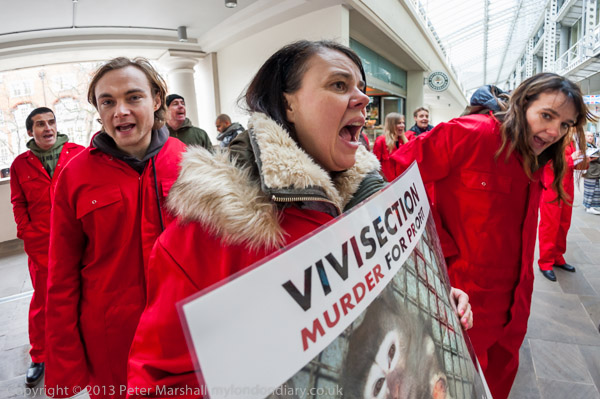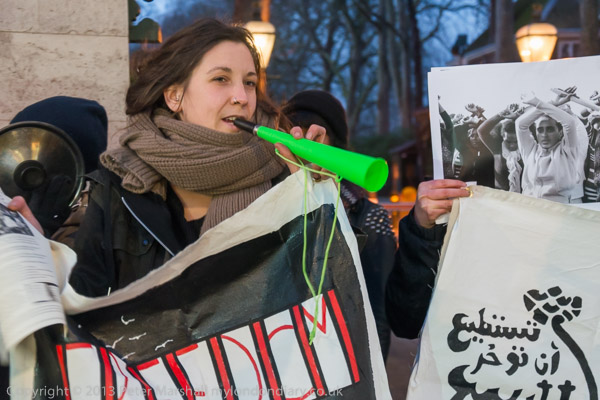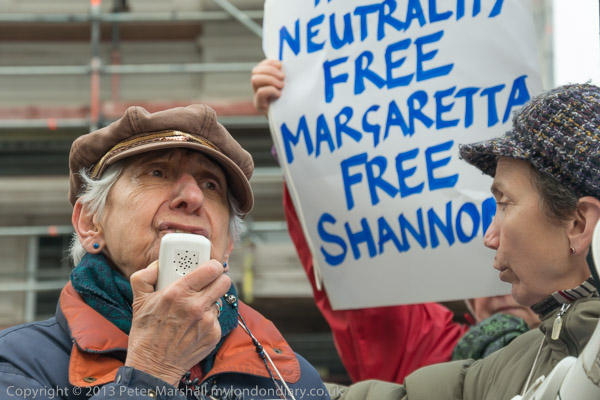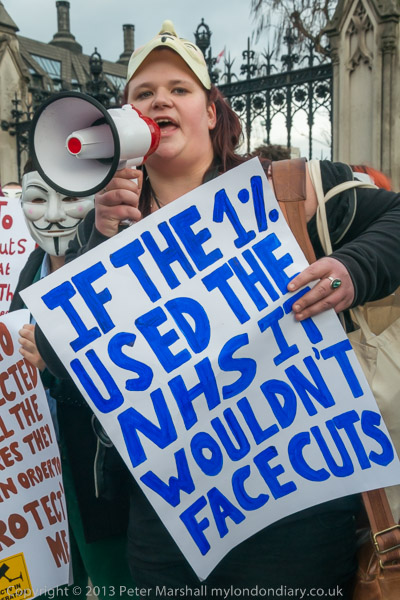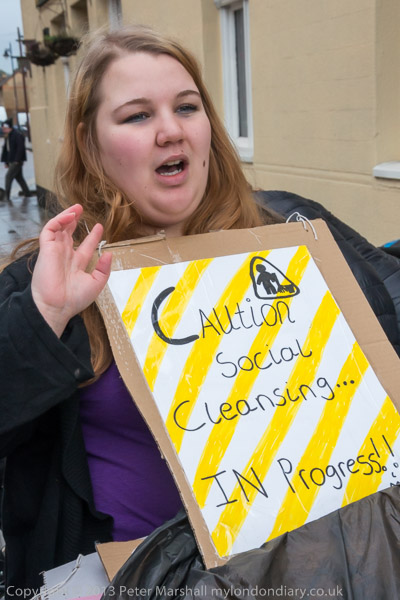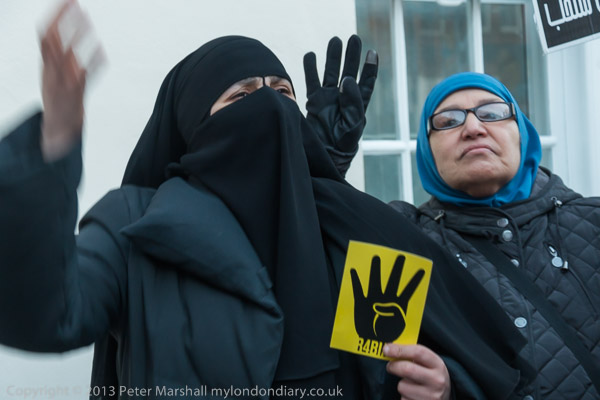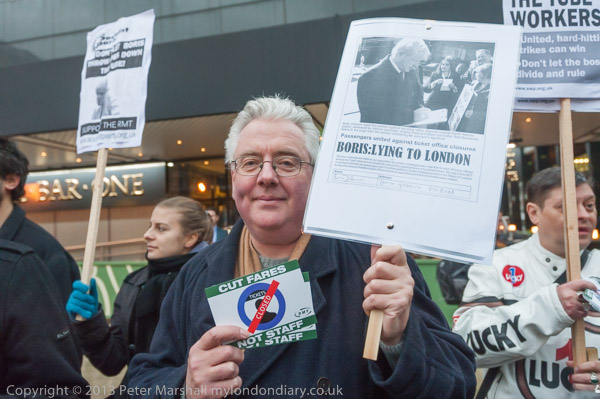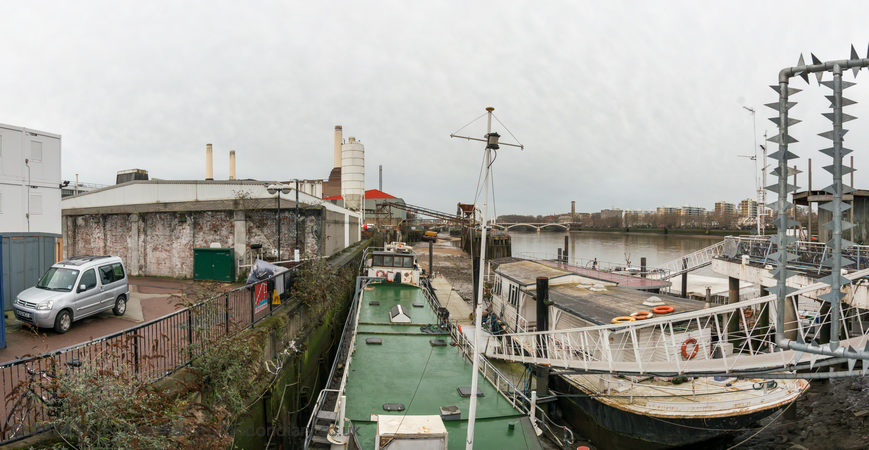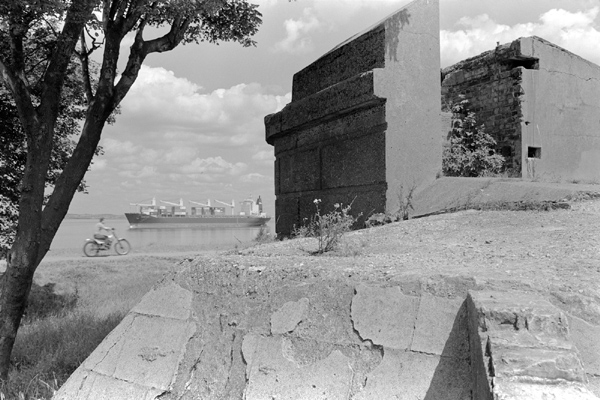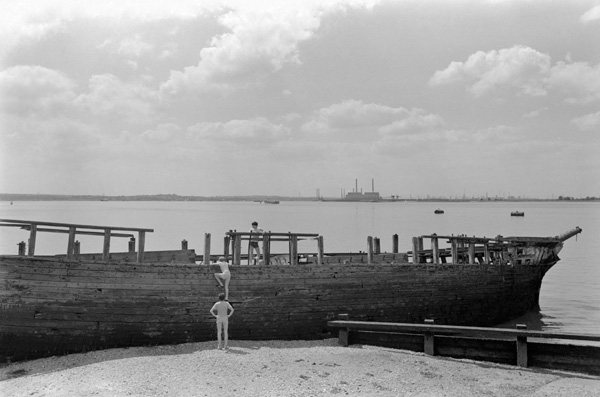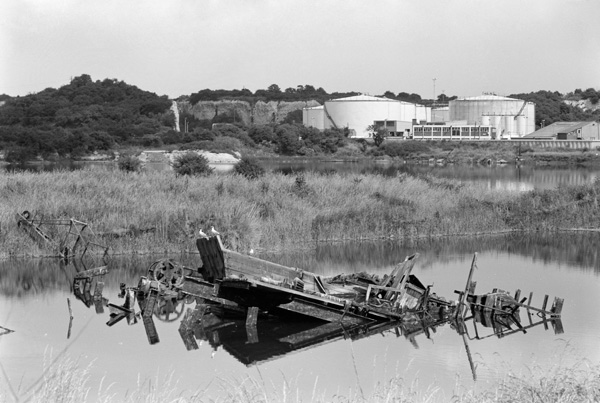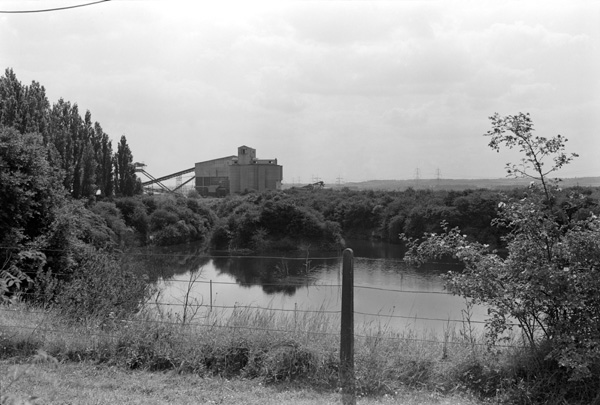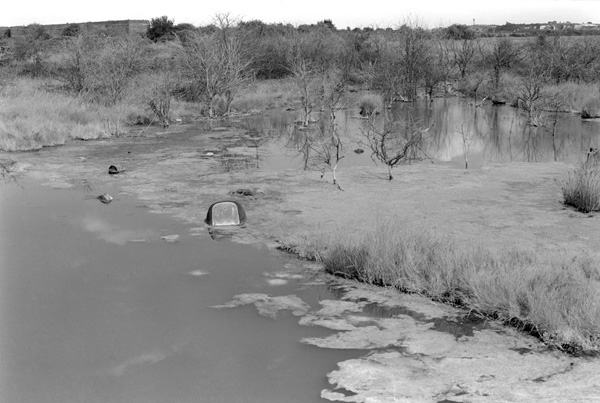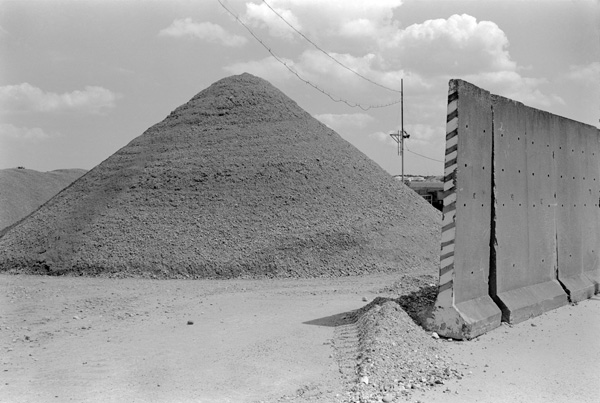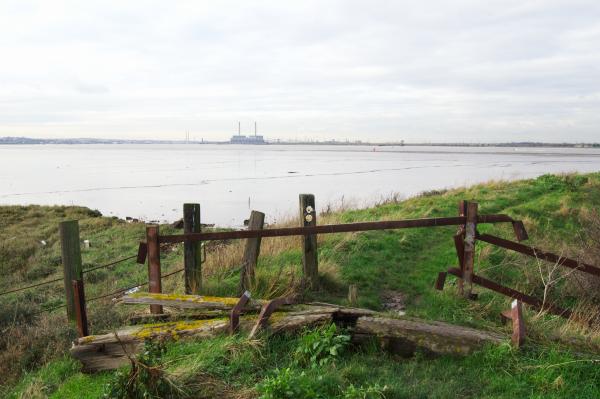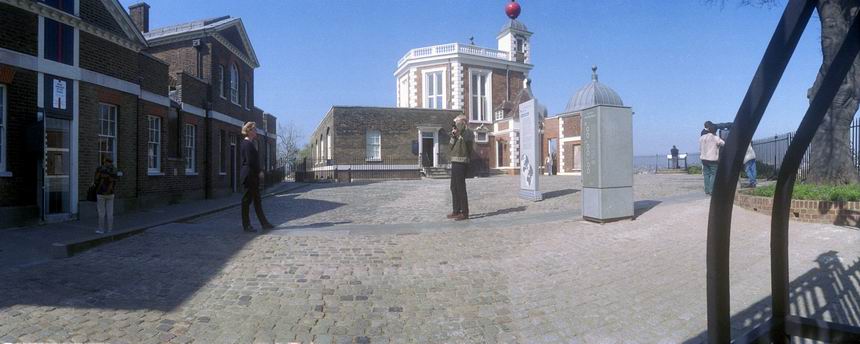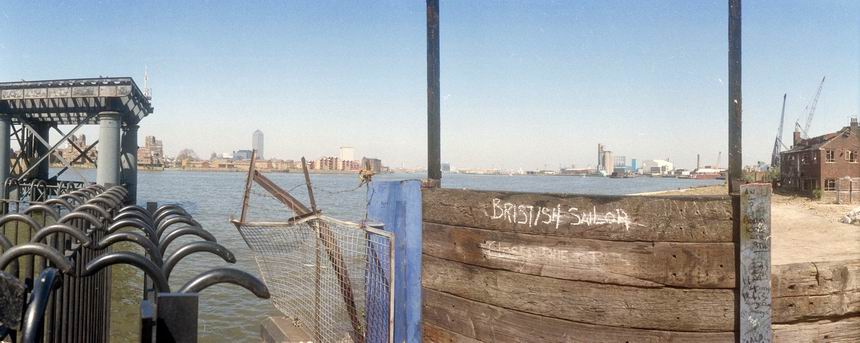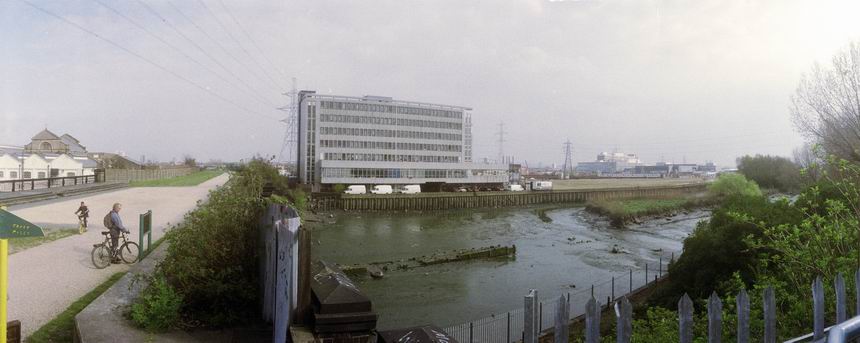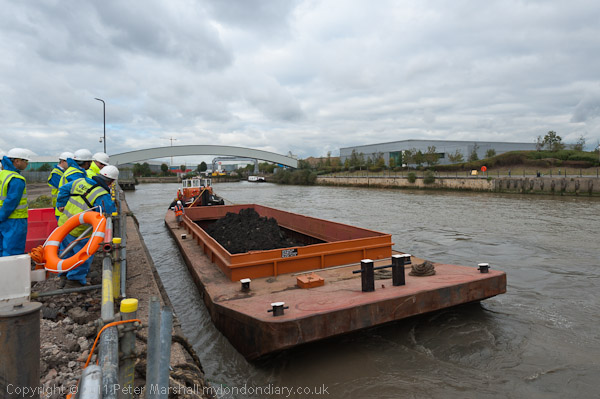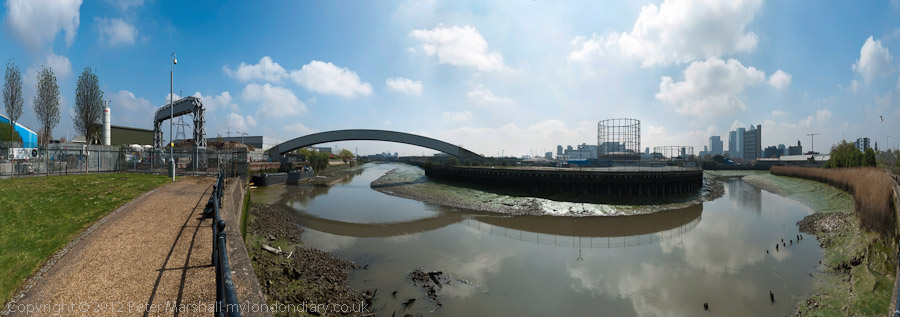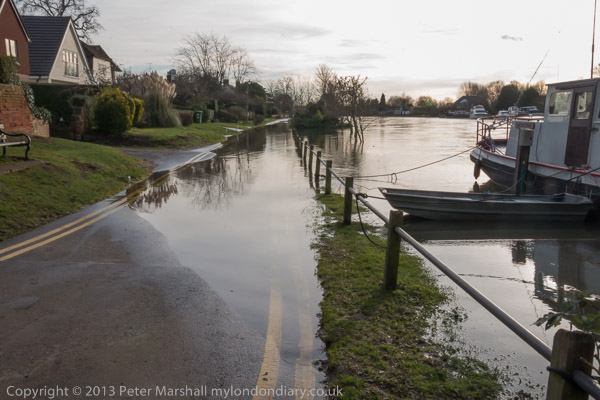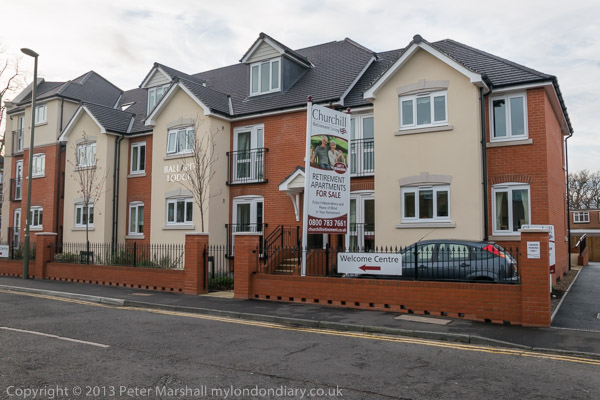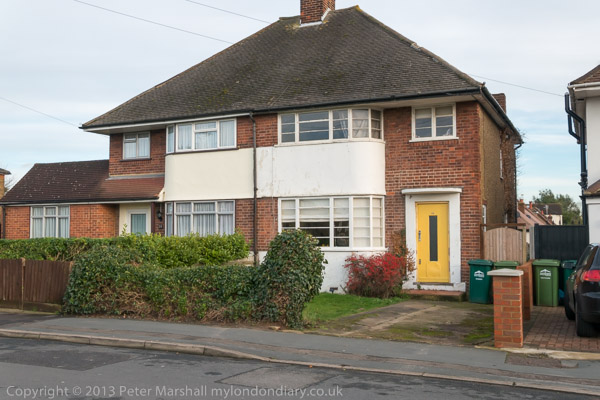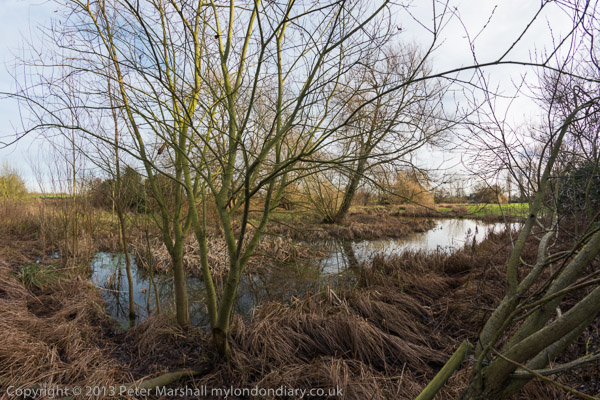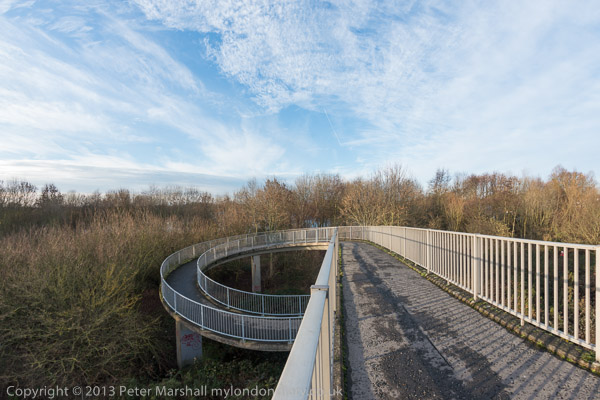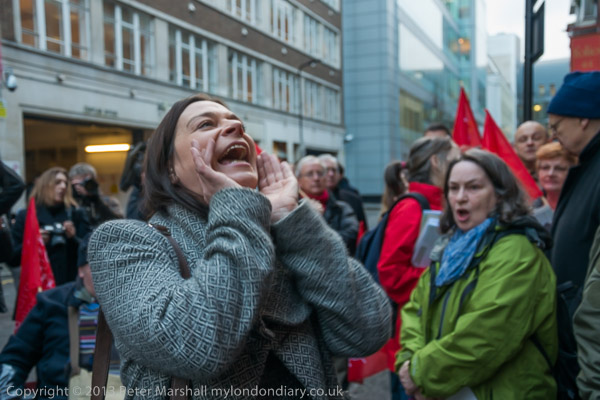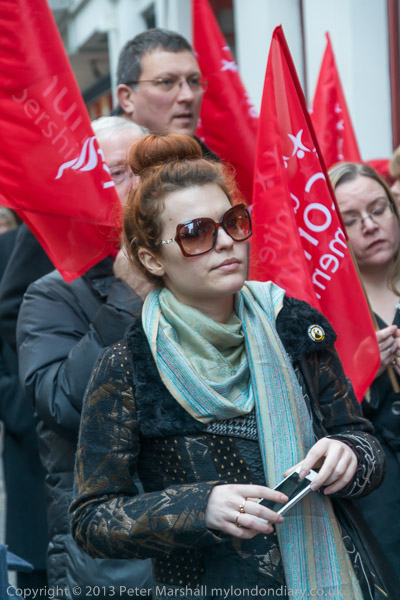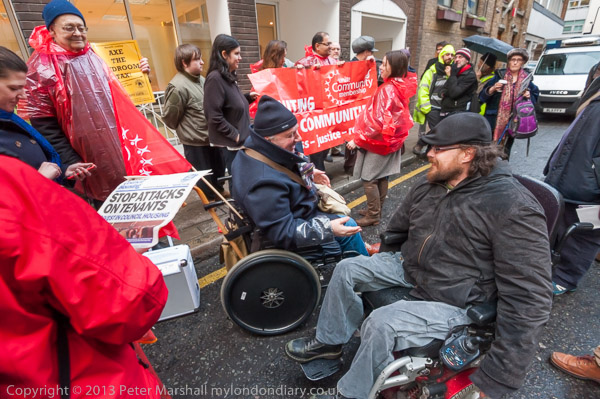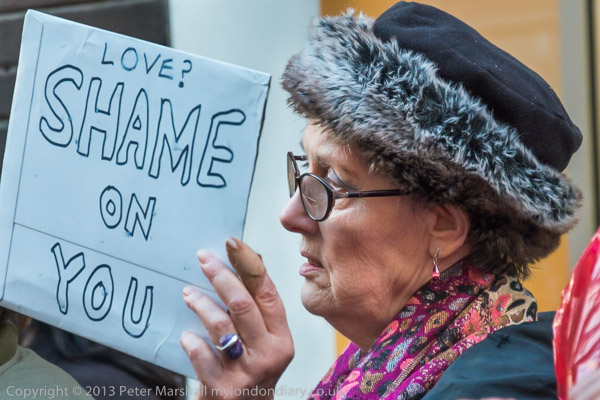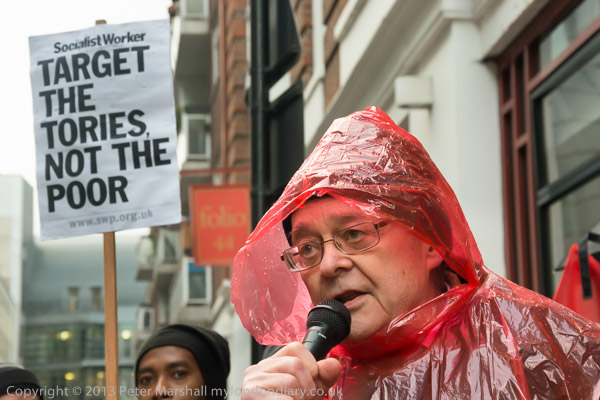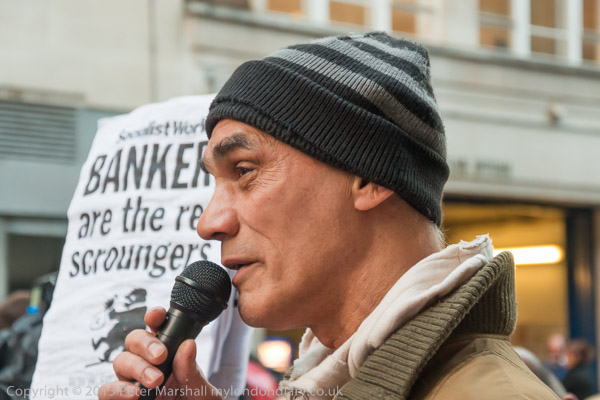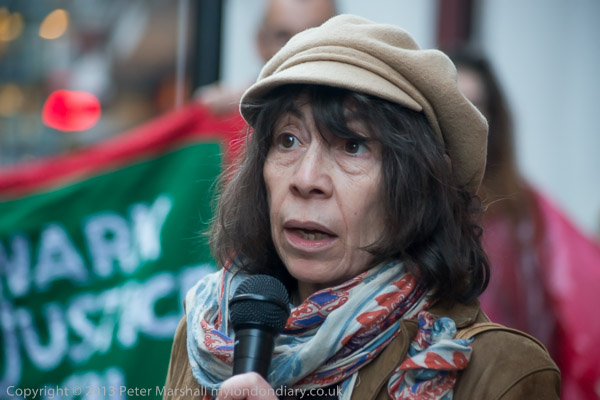I don’t much like photographing protests at the Israeli Embassy. The actual embassy is hidden away down a private side street where photography and protests are forbidden, and protests take place on the busy roadway of High St Kensington. Sometimes there are problems with police not allowing photographers to stand in front of the protest pen, either telling you that you can’t walk along there, or opening up a narrow area for the public to walk through and telling photographers they have to keep moving. Fortunately on this occasion they were not doing either, but allowing photographers reasonable access, but it still was to a narrow restricted area, with traffic moving past on the other side of a row of cones a couple of feet in front of the protest.
I actually like to work close to people when photographing, but this was at times just a little too close even for my taste, and your presence is always very much felt by the protesters. The actual pen is always fairly narrow too, so it gets very crowded inside, and its often tantalising to see an opportunity for a photograph but not being able to get the the right position to make it.
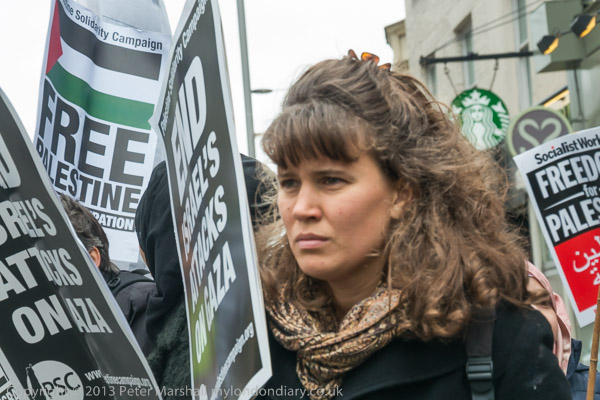
Although mostly I was using the wider end of the 16-35mm zoom (on the D700) there were also some pictures where by working up to the barriers and aiming the camera roughly along them I was able to get a little more distance – as the the picture above of the woman and the placards. Unfortunately it was a dull day and the 18-105mm seems to have been having a few problems with autofocus recently – and this image is not quite sharp on her face. Later I took a few more simiilar images – and there are some in Gaza Massacre 5th Anniversary – but as often happens, the first image was the one that I thought best – apart from its softness. I took it soon after I arrived and there were relatively few photographers (and protesters) present, but soon lots of other photographers were also photographing her and I think she got very concious about being photographed, and was smiling most of the time.
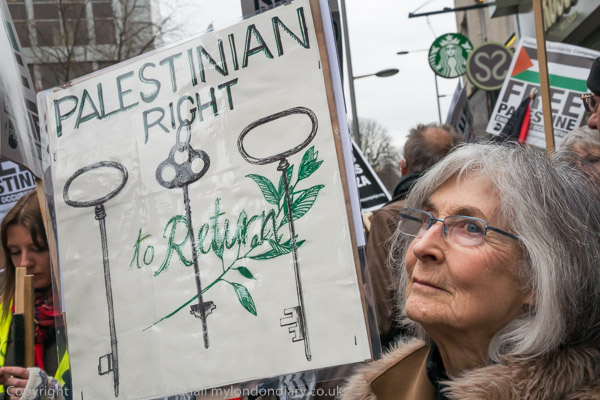
Another woman had a very nicely drawn poster and I wanted to photograph her holding it in the protest, but it was hard to get a picture I liked. The plastic sheet over the poster was also a problem with reflections. I took a few working close to her, but they didn’t work – as it seldom does if you ask people to hold their poster or placard for a photograph. Later, from a little further back with the 18-105mm I made this one which was more what I wanted.
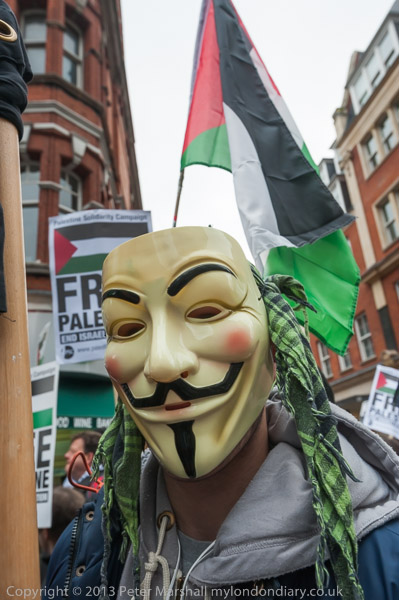
There is rather less of a problem in photographing people wearing ‘Anonymous’ masks in that their expression doesn’t change when they are aware of the camera. But it was still a better picture when I photographed this guy as he walked through the crowd rather than the posed image above.
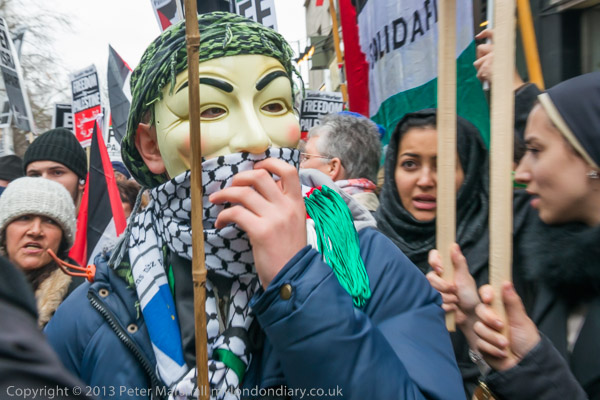
Of course the scarf makes a difference, but it is mainly the hand up to his mouth which produces something more immediate, and the people and placards around the figure work better.
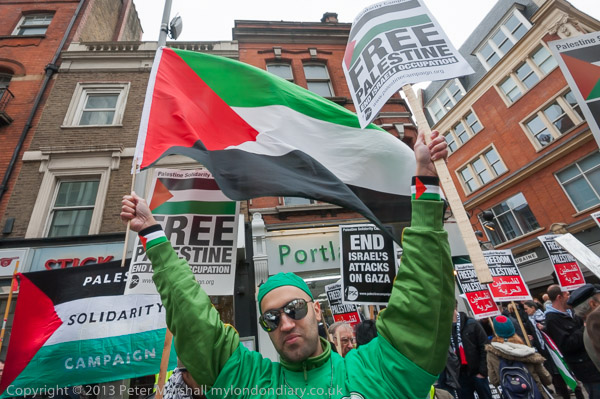
I couldn’t stay for all of the protest, and was anxious to get off to go to another event. but one particular person was worrying me. He was one of the most noticeable of those protesting, and had appeared in more or less the first image I took, as well as several others. But I just wasn’t too happy with pictures like the one above; it wasn’t bad, but I felt there must be more I could do. I’d turned away and walked a few yards towards the tube, then turned back and decided to make one last effort. I took a short series of images ending up with the one below.
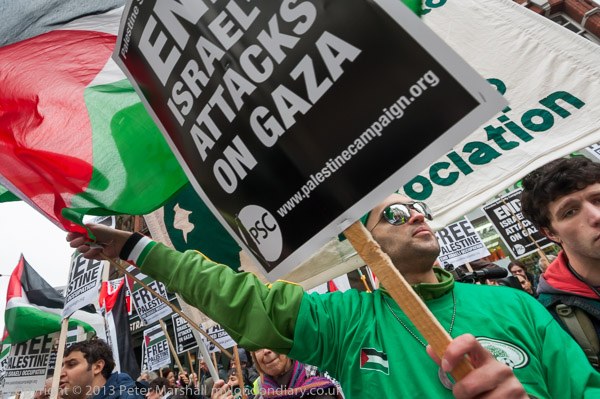
It didn’t look quite like that on the camera back – his face was in fairly deep shadow and the flag at top left was rather pale, with light shining through the thin material. But I felt I had essentially captured what I wanted and put my camera away. This really was the final frame I took of the protest.
